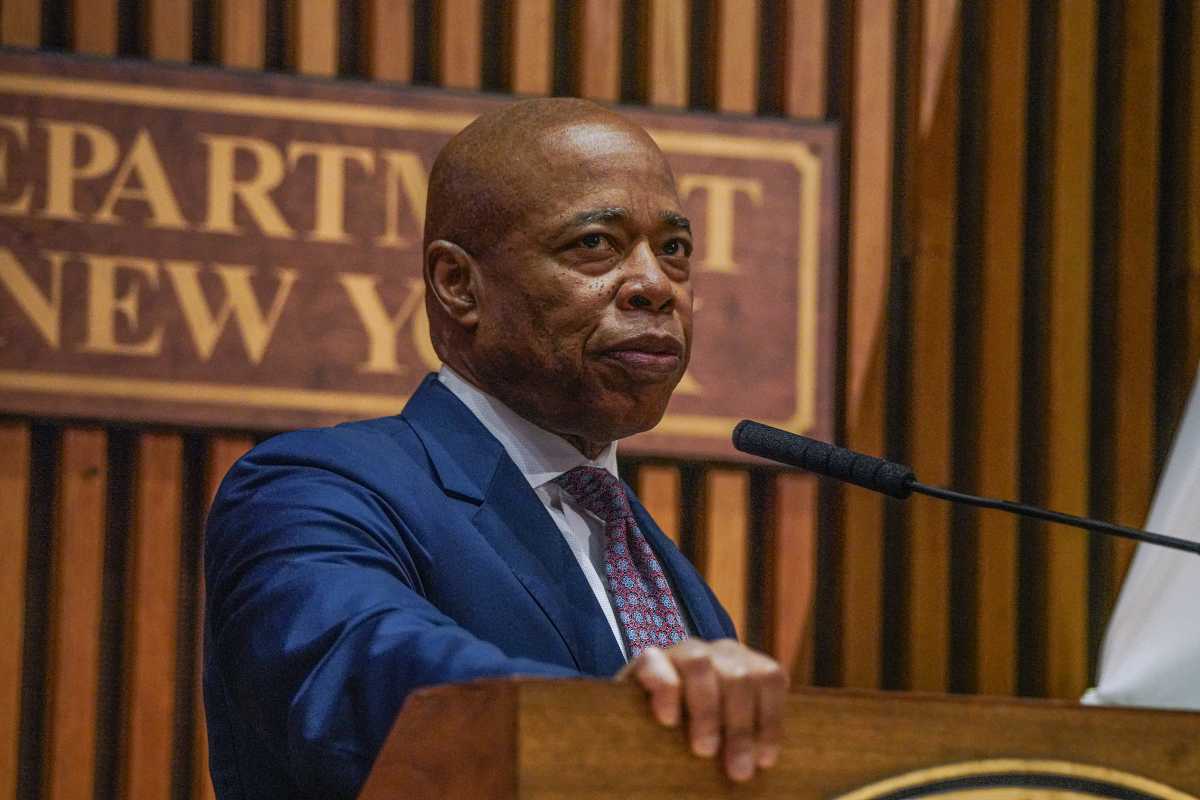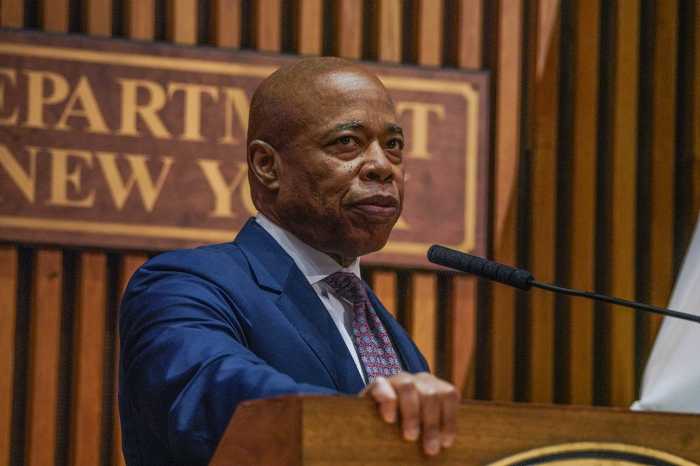Potentially hazardous traffic conditions on streets adjacent to 37 Queens schools were uncovered by city transportation department (DOT) engineers and are scheduled to be corrected during the coming summer months.
Nearly one-half of Queens dangerous school sites were found in School District 30 (Long Island City, Astoria) and in District 24 (Maspeth, Corona). The $2 million "Safe Route to School" program was funded by New York State.
Dangerous school streets were also the subject of last Mondays joint traffic safety City Council hearing chaired by Councilman John Liu, the Transportation Committee chairman, and by Councilman Peter Vallone, who heads the Public Safety Committee.
A concerned Councilman Liu pointed out that comprehensive school traffic safety education and engineering programs, which designate the safest route for each child walking to and from school, have been in place since 1951.
"In the year 2004," he declared, "it is unbelievable that the city seems to have dropped the ball on this."
Launched more than 50 years ago, the safety program called for detailed traffic maps of each school to be issued to children every fall detailing the safest route for each child, to and from school. Parents of kindergarten students were urged to use the maps to take their children on the shortest and safest routes to school. The AAAs New York Automobile Club participated in this program.
Queens Borough President Helen Marshall announced that she would put the issue of school safety before her Queens Traffic Safety Board, the only group of its kind in the city. The board promotes pedestrian and vehicular traffic safety in an effort to reduce traffic casualties.
The latest DOT engineering study pinpointed all grade schools with high accident rates that occurred during school hours, within a one-block radius of the school. Transportation Commissioner Iris Weinshall announced that engineers have already designated these problem areas and will shortly announce plans for capital construction traffic safety projects near some of these schools.
"We identified these schools after combing through accident data for 1,400 public, private and parochial intermediate and grade schools," said Weinshall. "Children who walk to and from these schools deserve extra protection on our streets, and we are going to ensure that they get it."
Already completed is a boroughwide study which has not only identified the problem area, but has repaired correctable deficiencies. The study also revealed that School District 26 (Bayside, Little Neck, Douglaston) has no schools with dangerous unprotected crossings.
Key to the DOTs second program is elimination of traffic hazards caused by parents double and triple parking their cars during students arrival and dismissal times.
A "Walk to School" program is scheduled to be demonstrated at a Queens grade school, chosen from the boroughs 37 schools targeted for safety improvements. The $281,000 federally-funded program calls for DOT officials to meet with parents and school staff to develop programs to make walking safer and more appealing to children.
Schools Chancellor Joel Klein said, "We must do all we can to ensure that our children will safely report to class in the morning and will reach their homes in the afternoon."
An estimated 400,000 youngsters attend the boroughs public, private and parochial schools.
"
































